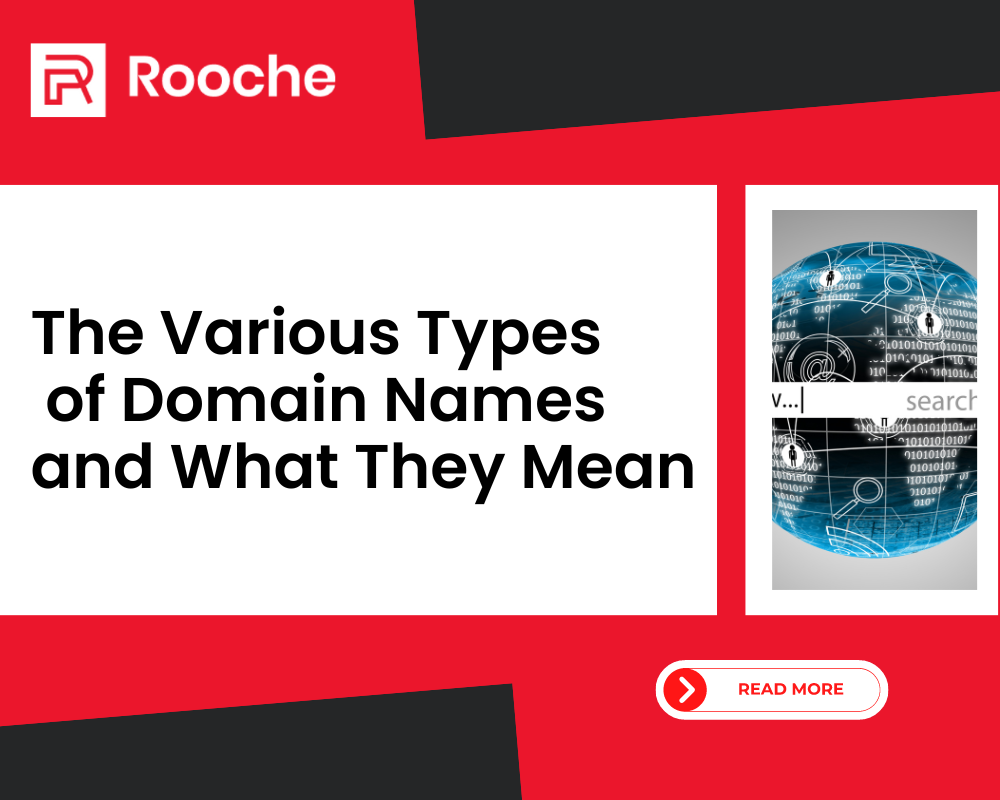How Progressive Web Apps are Changing Web Development
We’ve all experienced the joys of mobile apps—their convenience, their speed, and their ease of use. But what happens when […]
Feb 4, 2023
Dec 8, 2022

A domain is a unique name that identifies a website. It allows people to find your website more easily and helps improve your online presence. There are various types of domains, each with its own benefits and drawbacks.

Top-level domains are the most common type of domain and include popular extensions such as .com, .org, and .net. TLDs can be used for both personal and business websites. One benefit of TLDs is that they are widely recognized and trusted by users. However, because they are so popular, it can be difficult to find an available TLD that isn’t already taken.

As the name suggests, ccTLDs are country-specific domains. They are often used by businesses that want to target a specific country or region. For example, a business with a .ca domain is likely to target Canadian users. One benefit of ccTLDs is that they can help improve your search engine ranking in your target country. However, because they are country-specific, ccTLDs may not be recognized or trusted by users in other countries.
Generic top-level domains are similar to TLDs but are less common and include extensions such as .biz, .info, and .tv. gTLDs can be used for both personal and business websites. One benefit of gTLDs is that they are often cheaper than TLDs. However, because they are less common, gTLDs may not be recognized or trusted by users.
Second-level domains are domains that come before the TLD. For example, in the domain example.com, “example” is the SLD. SLDs can be used to create more memorable or keyword-rich domains. However, because they come after the TLD, SLDs may not be recognized or trusted by users as much as TLDs.
Subdomains are domains that come before the domain name. For example, in the domain, subdomain.example.com, “subdomain” is the subdomain. Subdomains can be used to create separate sections of your website with their own unique content. However, because they come before the domain name, subdomains may not be recognized or trusted by users as much as TLDs and SLDs.

Most people buy domains for one of two reasons: to build a website or to create an email address.
A domain is required in order for you to have a website. When you purchase a domain, you’re also purchasing the right to use that particular web address. Without a domain, you wouldn’t be able to have a website.
A domain can also be used to create a professional email address. For example, if your name is John Smith and you own the domain example.com, you could have the email address john@example.com. This would be much more professional than using a generic email service such as Gmail or Yahoo.
In order to have a website, you need both a domain and a web host. A web host is like the land on which your home is built; it stores all of your website’s files and makes them accessible to visitors.
You can think of a domain as the address of your website and a web host as the land on which your website is built. In order for your website to be accessible to visitors, you need both a domain and a web host.
Choosing the right type of domain for your website depends on your goals and preferences. If you want a widely recognized and trusted domain, a ccTLD might be a good option. If you want to target a specific country or region, a TLD might be a better option. If you want a cheaper domain, a gTLD might be a good choice. And if you want a more memorable or keyword-rich domain, an SLD or subdomain might be the way to go.
No matter what type of domain you choose, make sure it is short, easy to remember, and relevant to your website’s content. A good domain can help improve your online presence and attract more visitors to your website.

We’ve all experienced the joys of mobile apps—their convenience, their speed, and their ease of use. But what happens when […]
Feb 4, 2023

In today’s digital age, having a strong online presence is essential for any business or individual. One of the most […]
Jul 20, 2023

In the realm of web design, user interaction is a pivotal factor that determines the success of a website. Websites […]
Aug 14, 2023
Join our newsletter and be the first to receive future promo and sale updates from Rooche!